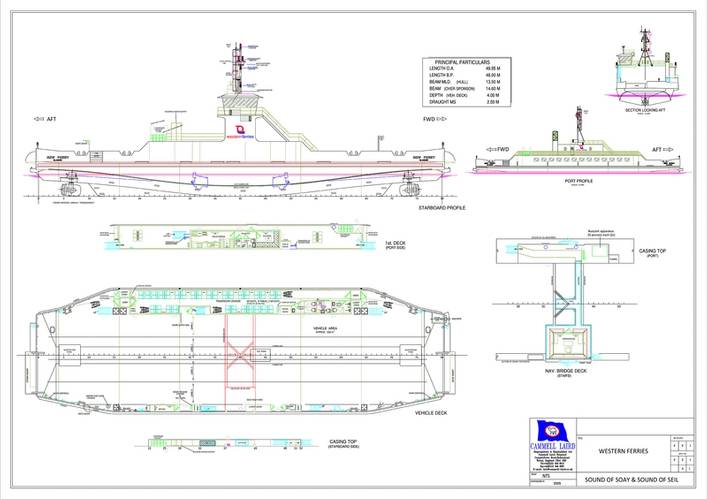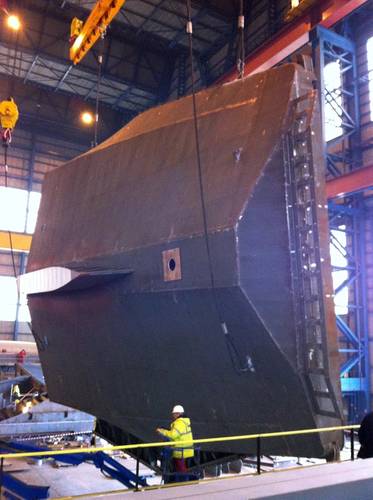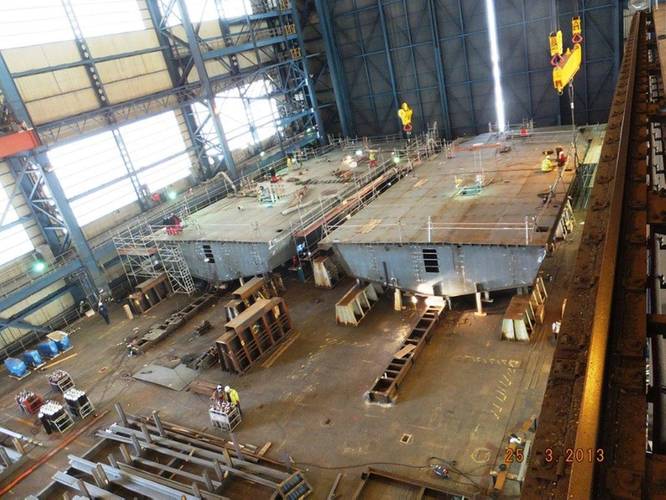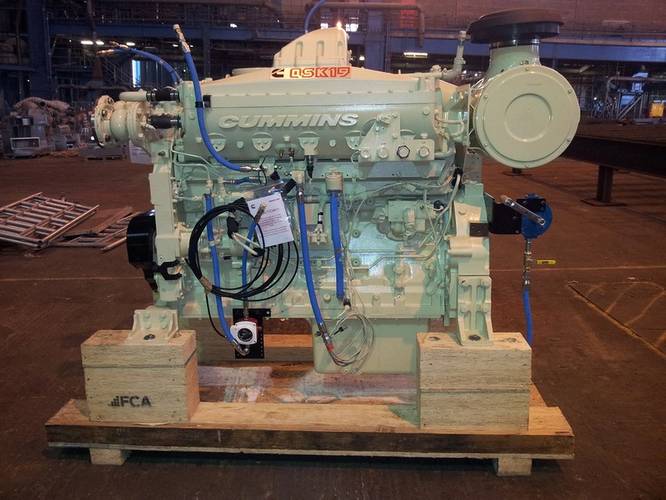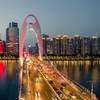U.K. Shipyard Returns to New Ship Construction
Cammell Laird Shiprepairers & Shipbuilders Ltd. returns to shipbuilding with the construction of two RoRo car ferries at its yard in Birkenhead, Merseyside. Building to the account of Western Ferries (Clyde) Ltd. the new ferries will replace two aging ferries in a four-vessel fleet that Western operates on a 2.2-nautical mile crossing of the Firth of Clyde.
The new ferries will be based on designs of two ferries built in 2001 and 2003 which were recognized as being of optimum capacity, speed, fuel consumption, sea-keeping capabilities and ease of operation. A spokesperson for the owners has said, “We have therefore concluded that an ideal new vessel design would logically be a reproduction of these existing craft with a few enhancements to reflect changes in applicable rules, new technology and operator experience.”
The hulls of the new ferries will be 48.6 meters with beak extensions taking them to 49.95 meters overall. Similarly the molded breadth will be 13.5 meters but the additional sponsons will bring the beam to just over 15 meters. The molded depth to the main deck will be four meters.
The new 220-passenger ferries will accommodate approximately 40 average size cars. Capable of also carrying heavy trucks, the ferries will have a clear deck height of 5.2 meters and a deadweight of about 220 tons with a mean molded draft of 2.5 meters. They have been designed, built and classed to Lloyd’s Register of Shipping requirements, with emphasis on truly “green” credentials that supports minimal use of hazardous materials, diminishing the potential for environmental harm and to meet recycling concerns as defined by the IMO. These objectives will be achieved throughout the service life of the vessels by the efficient matching of the hull design to the propulsion package
Propulsion will be by two Rolls Royce Aquamaster azimuthing thrusters, with one forward and one aft. Each independent thruster will be powered by an IMO and EU emission compliant Cummins QSK19-M diesel engine generating 600 HP or 447 Kw at 1800 RPM. This power will, optimize the efficiency of the proven hull design to give the ferries a service speed, under normal conditions, of 11.5 knots at 85% of MCR.







